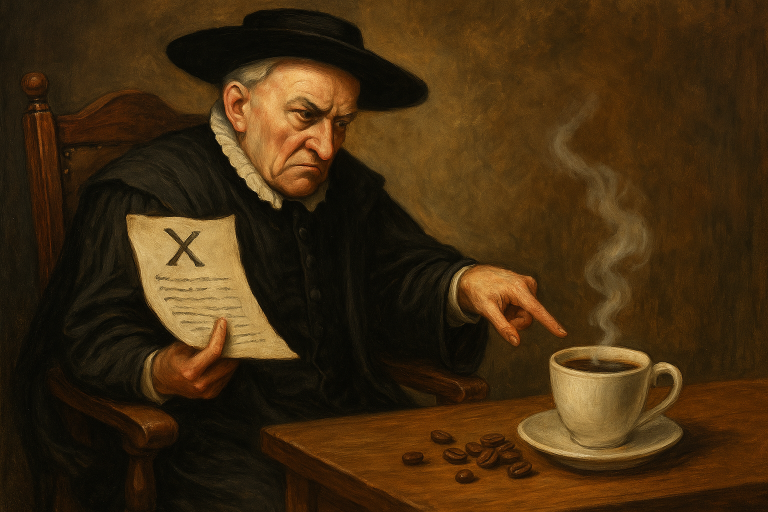
Coffee has long been celebrated for its bold flavors and rich cultural history.
But behind the steaming cups and global trade lies a truth often overlooked: women have played a central—yet underappreciated—role in the story of coffee.
From farm to cup, women have shaped the industry through cultivation, commerce, art, and activism. Their stories are woven into the very roots of coffee culture across continents, even though they have often remained in the shadows.
This article shines a light on the unsung heroines of coffee’s global journey—past and present—whose work has been essential to making coffee what it is today.
In nearly every coffee-producing region in the world—especially in Latin America, Africa, and Asia—women make up the backbone of agricultural labor. They are responsible for a wide range of critical tasks:
Yet, despite doing much of the fieldwork, women often lack land rights or decision-making power. In many cases, they are paid less than men or excluded from cooperative leadership.
According to the International Coffee Organization (ICO), women make up around 70% of the labor in coffee production, but they own less than 15% of coffee farms globally. This imbalance limits their access to credit, training, and direct trade opportunities.
Formed in 2003, the IWCA works in over 30 countries to empower women in coffee-producing regions. It promotes leadership, provides training and mentorship, and helps female farmers gain access to global markets. The initiative has changed lives by turning overlooked contributors into respected leaders in their communities.
Historically, the global coffee trade has been dominated by male exporters, traders, and roasters. But women have broken through these barriers—sometimes quietly, sometimes forcefully—to build legacies of their own.
In the 18th and 19th centuries, as Brazil became a coffee powerhouse, women played key roles in plantation management. One notable figure was Eliza Allen, who managed large coffee estates and advocated for labor reform. Her efforts challenged the perception that plantation ownership was solely a male domain.
Today, women are increasingly visible as roasters, baristas, importers, and café owners. From Seattle to Seoul, female coffee professionals are shaping how the world tastes and experiences coffee.
Examples include:
Beyond the business of coffee, women have historically shaped coffee culture at home and in public life. In many societies, women were—and still are—the keepers of tradition and hospitality.
In Ethiopia, the birthplace of coffee, the traditional coffee ceremony is led exclusively by women. The host roasts, grinds, and brews coffee over charcoal, often performing this ritual three times to symbolize purification and respect. This is a central act of social life, diplomacy, and family bonding.
The ceremony is not just about making coffee—it’s about storytelling, unity, and honor. Women pass down this cultural heritage through generations, maintaining Ethiopia’s deep connection to its coffee origins.
In Yemen and other Arab cultures, women are often the caretakers of “qahwa” preparation, the spiced coffee drink served during social visits and religious festivals. Though they may not be visible in cafés, their role behind the scenes in preserving and preparing coffee traditions is vital.
Throughout history, women have used coffee as a platform for resistance and empowerment.
In 18th- and 19th-century Europe, coffeehouses became hubs of intellectual exchange. While initially male-dominated, women began establishing their own salons and cafés—especially in Paris and Berlin—where they could engage in art, politics, and philosophy.
These spaces were essential for early feminist thinkers, writers, and activists to gather and be heard.
In recent years, coffee has become a tool for economic empowerment and activism for women in conflict zones or marginalized communities.
Examples include:
While women have come a long way in coffee history, significant challenges remain:
Many coffee conferences still feature disproportionately male speakers. Competitions like the World Barista Championship have only recently started seeing more gender diversity on the podium.
The future of coffee is looking more inclusive, thanks to the combined efforts of individuals and organizations:
These shifts don’t just promote equity—they improve quality and sustainability by empowering the very people who grow the beans we love.
You don’t need to be a barista or importer to make a difference. Here are some ways coffee drinkers can support women in the industry:
Every cup you buy is a vote for the kind of industry you want to support.
For too long, the story of coffee has been told without fully acknowledging the women who grow it, process it, serve it, and innovate with it.
Yet their fingerprints are on every step of the journey—from the mountain farms of Kenya to the café counters of New York.
Celebrating women in coffee isn’t just about fairness—it’s about accuracy. The global coffee story isn’t complete without them, and the future of the industry depends on their voices being heard, their work being seen, and their potential being realized.
As the coffee world evolves, one thing is clear: there is no coffee without women.

Gabriel Rodrigues é especialista em finanças pessoais e escritor, com ampla experiência em economia, planejamento financeiro e gestão de recursos. Apaixonado por ajudar as pessoas a alcançarem sua saúde financeira, ele explora temas variados, desde investimentos até estratégias de poupança. Quando não está escrevendo, você pode encontrá-lo estudando novas tendências financeiras e oferecendo consultoria para quem busca melhorar sua relação com o dinheiro.